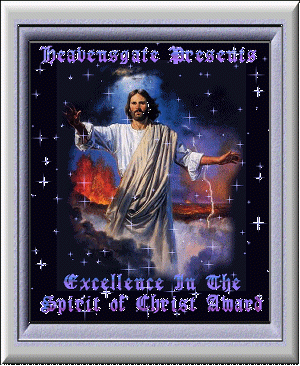Christ has been a central figure in art for centuries, with depictions of Jesus Christ serving as a significant theme throughout the history of Western art. These representations often reflect the various aspects of his life, teachings, and significance in Christian theology. Early Christian art, such as the catacomb frescoes and mosaics, typically portrayed Christ in symbolic or abstract forms due to the need for secrecy and the influence of Roman and Byzantine artistic traditions. As Christianity gained acceptance, the portrayal of Christ evolved to include more naturalistic and humanized images. During the Renaissance, artists like Leonardo da Vinci and Michelangelo elevated the depiction of Christ to a new level of naturalism and emotional depth. Leonardo's "The Last Supper" and Michelangelo's "The Pieta" are renowned for their portrayal of Christ's humanity, emotions, and divinity, showcasing the intersection of art and spirituality. These works exemplify the Renaissance's focus on perspective, anatomical accuracy, and the use of chiaroscuro to create a profound sense of realism in art. In Baroque art, Christ's portrayal became more dramatic and emotional. Artists like Caravaggio and Gian Lorenzo Bernini emphasized the theatrical and dynamic aspects of Christ's life, often capturing intense moments such as the crucifixion or the conversion of St. Paul. The Baroque period's dramatic lighting, intense emotions, and attention to detail aimed to draw viewers into the stories of Christ and elicit profound spiritual experiences. In the modern era, artists have continued to explore the portrayal of Christ in various ways, reflecting changing cultural, religious, and artistic trends. Some artists have reimagined Christ as a symbol of social justice and political commentary, while others have sought to challenge conventional religious norms. Christ's image has also been used in contemporary art to engage with issues of identity, race, and gender, further showcasing the adaptability and enduring significance of this religious icon in art. Christ in art has served not only as a means of expressing religious beliefs but also as a reflection of the evolving relationship between the sacred and the secular. From its early symbolic representations to the highly emotional and realistic depictions of the Renaissance and Baroque periods, the portrayal of Christ in art has continually adapted to the artistic and cultural context of its time, providing insights into the evolving nature of both faith and artistic expression throughout history.






